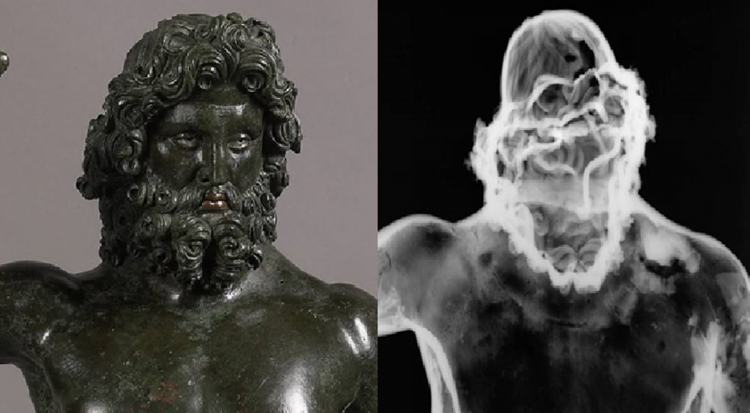Experts at Malta's national cultural preservation agency are now using a nuclear technique to characterize pigments, pottery, mortars and other centuries-old materials as part of their conservation efforts to preserve the relics and artifacts that make up the country's 8000-year-old cultural heritage.
With support delivered through the IAEA's technical cooperation (TC) programme[1], staff at Malta Heritage procured a 1-tonne X-ray diffractometer and have been trained on the use of X-ray diffraction (XRD), an advanced system used to analyse and understand the materials, age and provenance of ancient artefacts without placing a hand on the objects, thereby eliminating the risk of contamination. Knowing these details enables the team to identify the most appropriate preservation methods for the relics.
"Cultural heritage ethics dictate that minimal intervention is key to the process of preservation," said Matthew Grima, the Manager of Heritage Malta's Diagnostic Science Laboratory (DSL). "Microanalysis allows us to investigate a few specks or milligrams of material, providing the least intrusive approach to evaluating cultural heritage samples. But because the world of X-ray diffraction was new to us, we decided to seek the IAEA's help to support knowledge transfer in this area."
Through engagement with the TC programme, Heritage Malta has steadily improved and expanded its capacities to apply nuclear technologies for the preservation of cultural heritage. In the last year, staff at Heritage Malta's DSL benefitted from IAEA-organized training courses clarifying how non-invasive, non-destructive radiation techniques can be applied to observe both historic and real-time changes in sampled materials.

X-ray diffraction is a non-destructive, highly sensitive technique that relies on X-rays to uncover information about crystalline materials. (Photo: Heritage Malta)
Leveraging the training and XRD equipment provided, Heritage Malta staff last month concluded a regional training course in Valletta to transfer their newly-honed skills and share their experiences with experts from eight countries in Europe and Central Asia.
"When coupling X-ray diffraction with other radiation technologies, ceramics can be dated and their provenance investigated," said Grima. "We have more than one million objects and sites of cultural value in our portfolio, and with the XRD system now delivered, commissioned and already in operation it is helping to solve puzzles and relieve our workload. A lot of the objects are being studied from a stylistic perspective; other artefacts of questionable origin have been dated scientifically."
Exposing the past with nuclear science
To better protect artefacts of cultural significance or value, it is important to first determine the original materials and methods used to produce them, and X-ray diffraction is an indispensable tool that responds to this need.
XRD is a non-destructive, highly sensitive technique that relies on X-rays to uncover information about crystalline materials. Crystalline materials are solid materials, such as glass and silicon, whose constituents are arranged in a highly ordered microscopic structure. The technique is beneficial in that it can be used in very small samples of many different types of crystalline materials.
XRD is routinely used to better understand, or in some cases verify, the provenance and background of a particular cultural artefact by examining and assessing its component materials. It allows experts to determine the chemical composition, atomic arrangement and origin of physical objects, whether they be millennia-old statuettes or relatively modern works of art.
Scientists expose a crystalline material to X-rays, and as the X-rays interact with the atoms of the crystals in the material, they scatter and produce an interference effect, called a diffraction pattern. This pattern can provide information on the structure of the crystal or the identity of a crystalline substance, which helps scientists characterize and exactly identify the crystalline structure of an object.
Museums, art galleries and libraries have increasingly turned to radiation technologies to inspect and treat deteriorating cultural assets in order to stabilize them and ensure their longevity. This is particularly the case with those which require emergency intervention or where the use of conventional techniques could cause damage.
[1] MAT1001, 'Training and Upgrading of Technical Capabilities for Scientific Application in the Field of Cultural Heritage'






